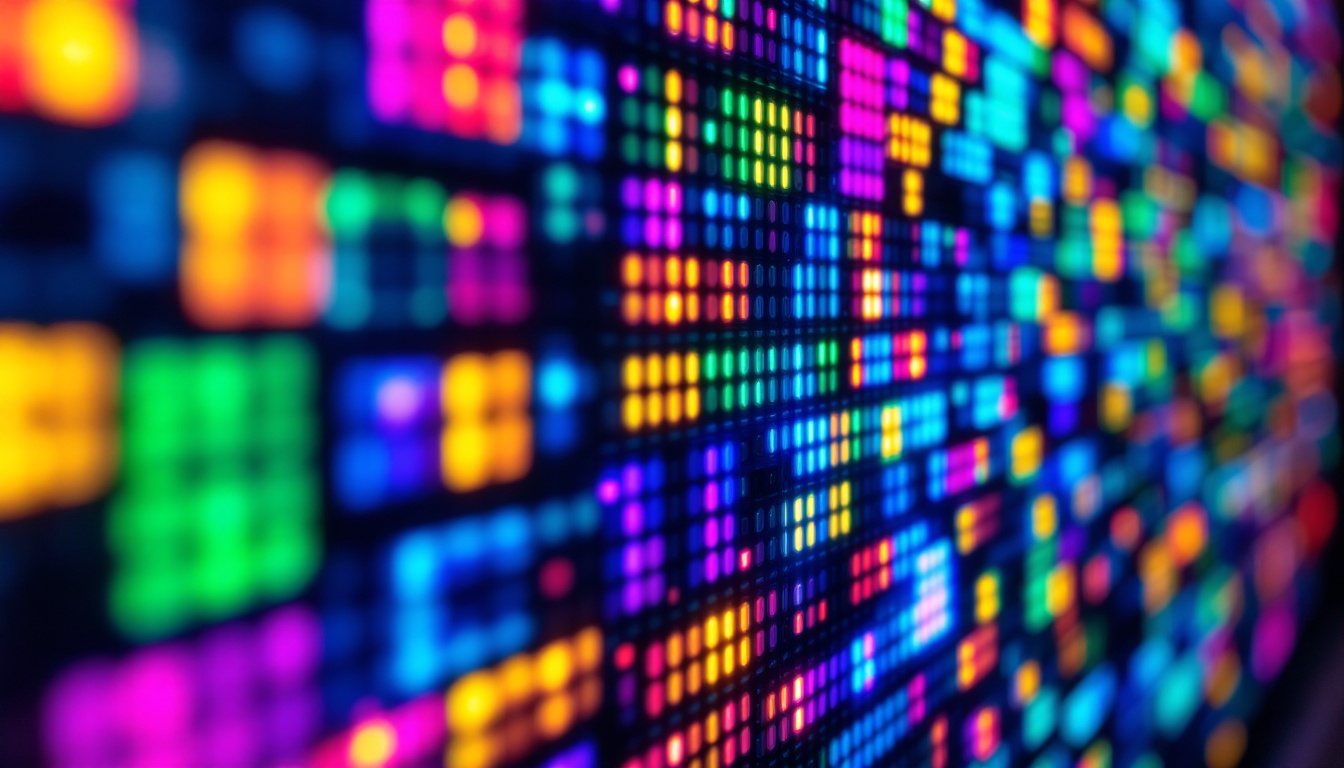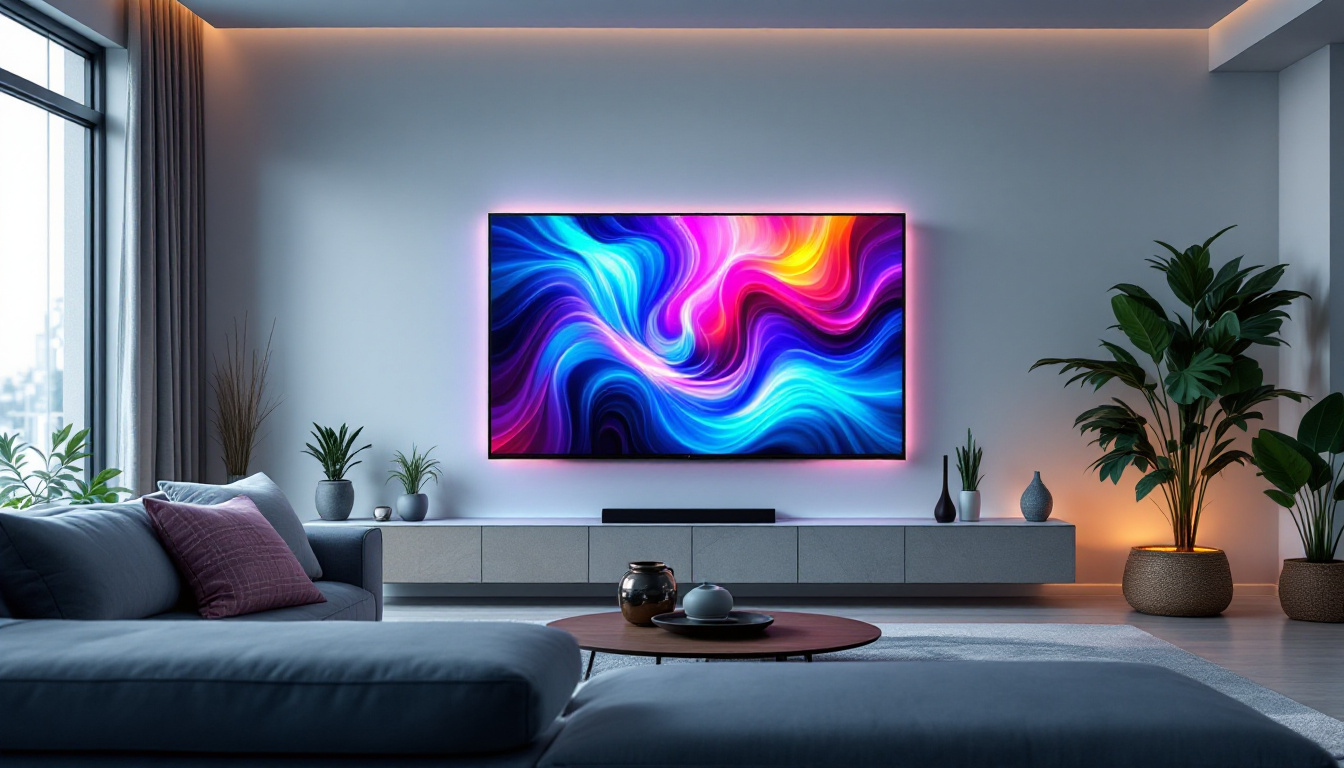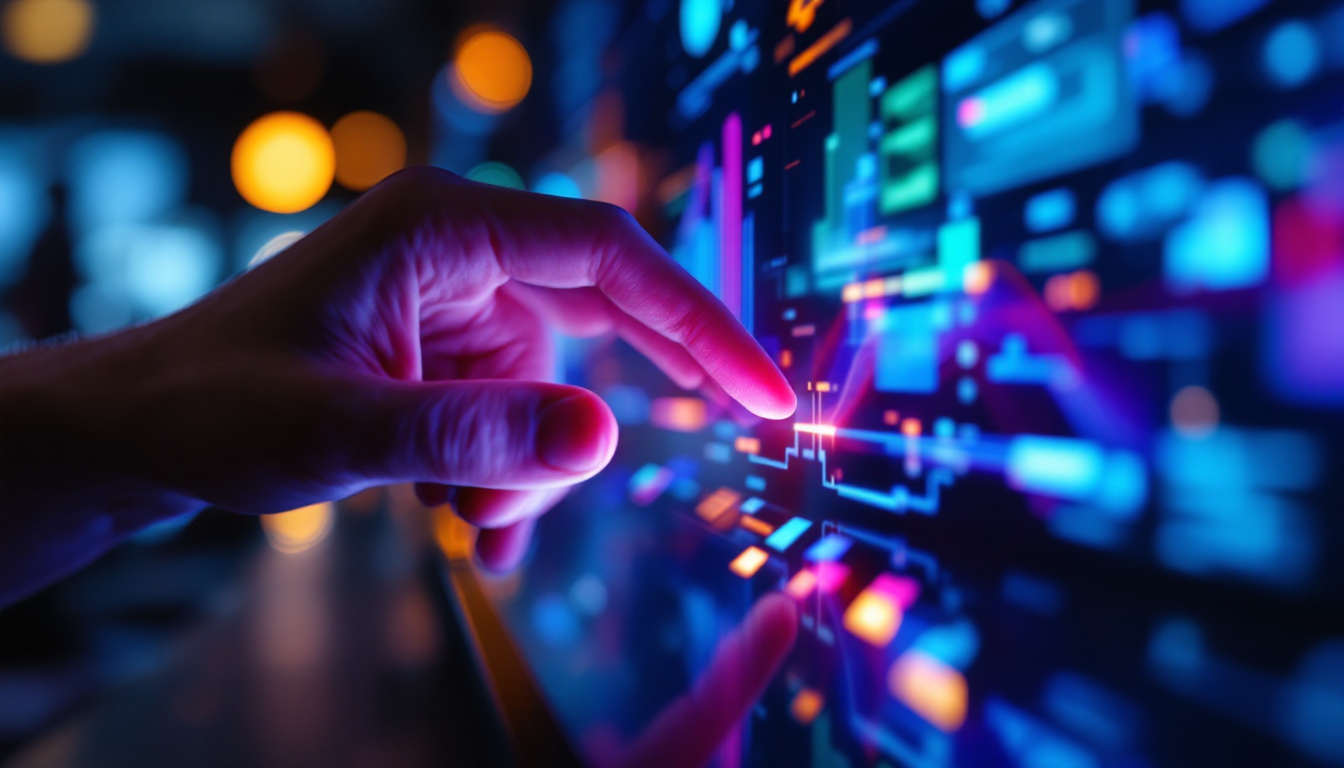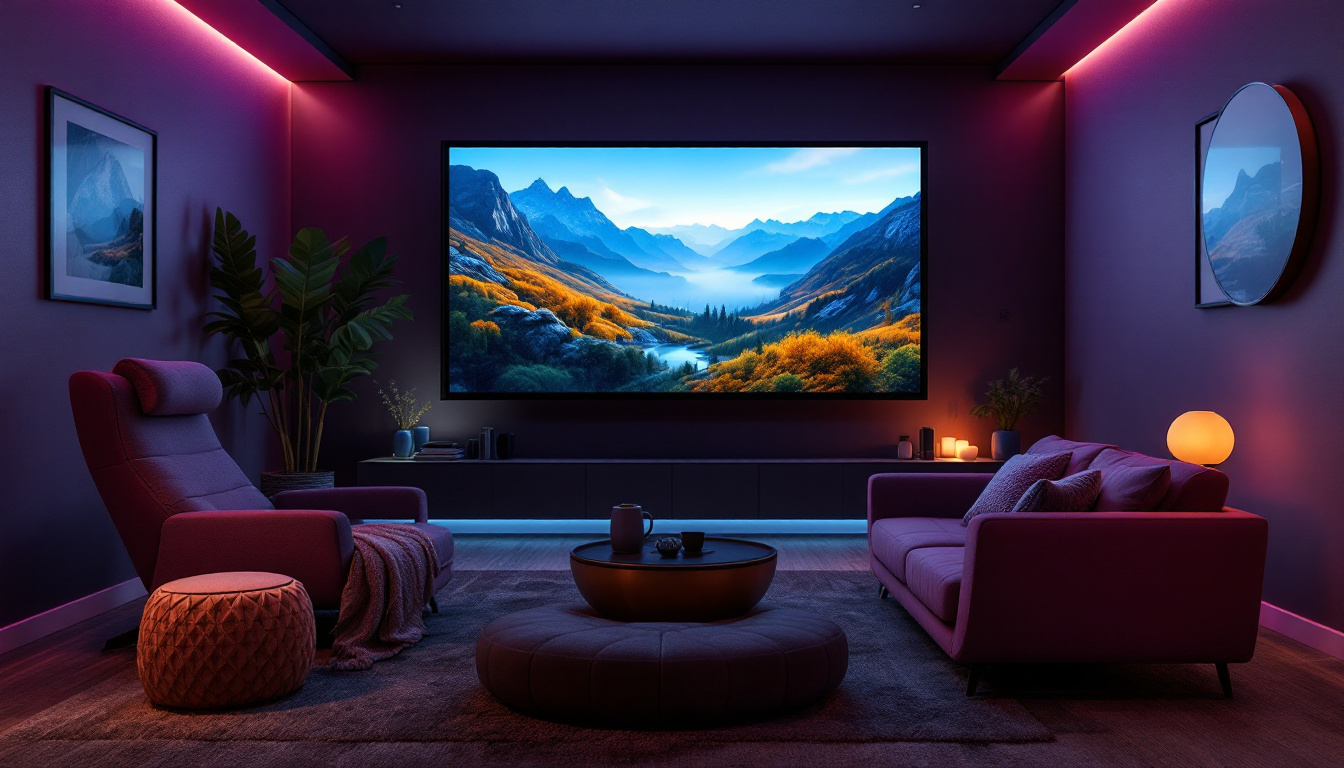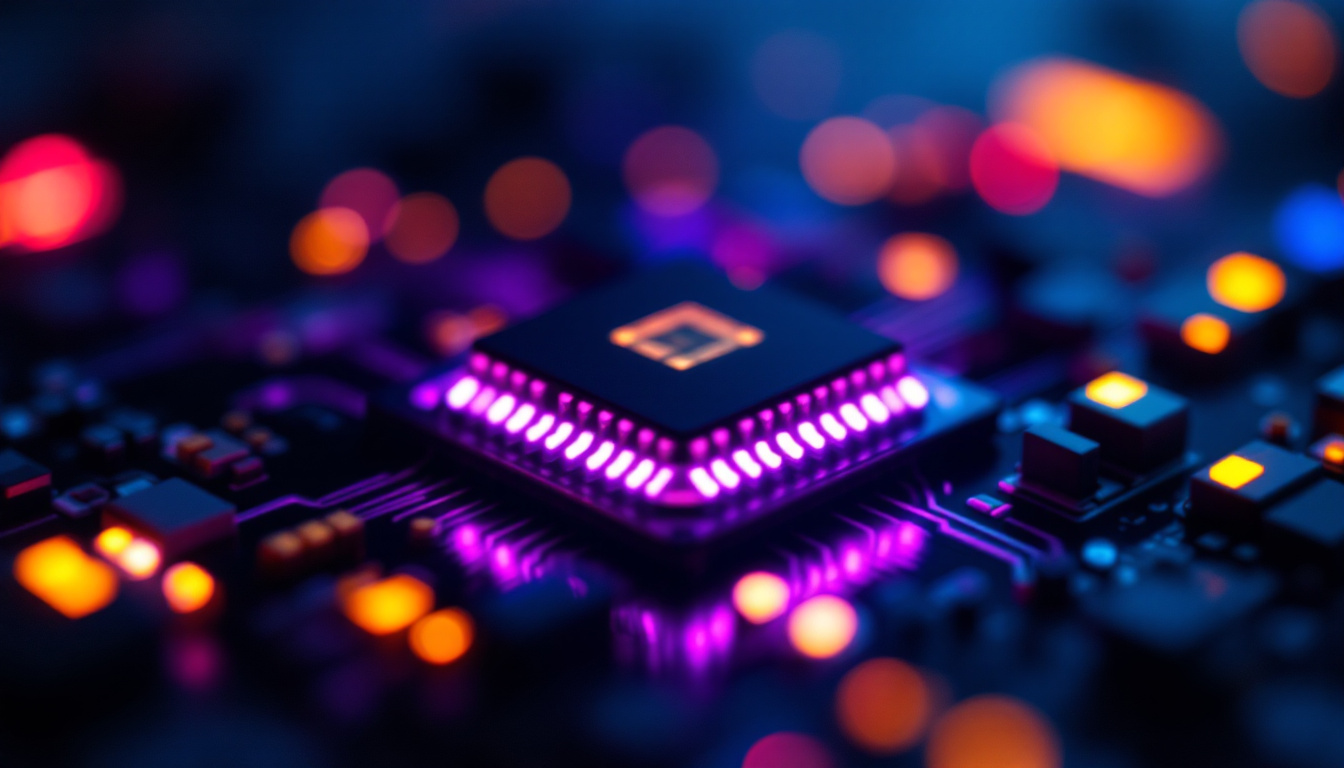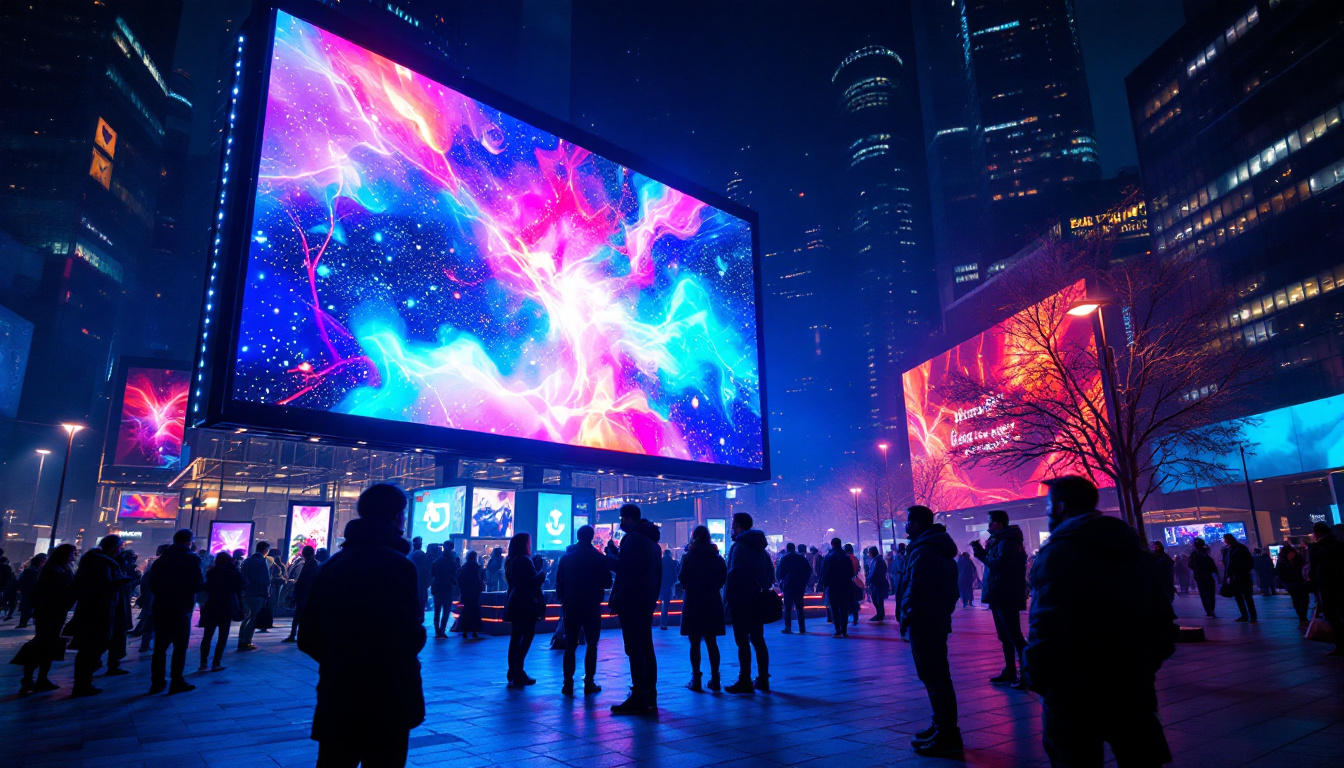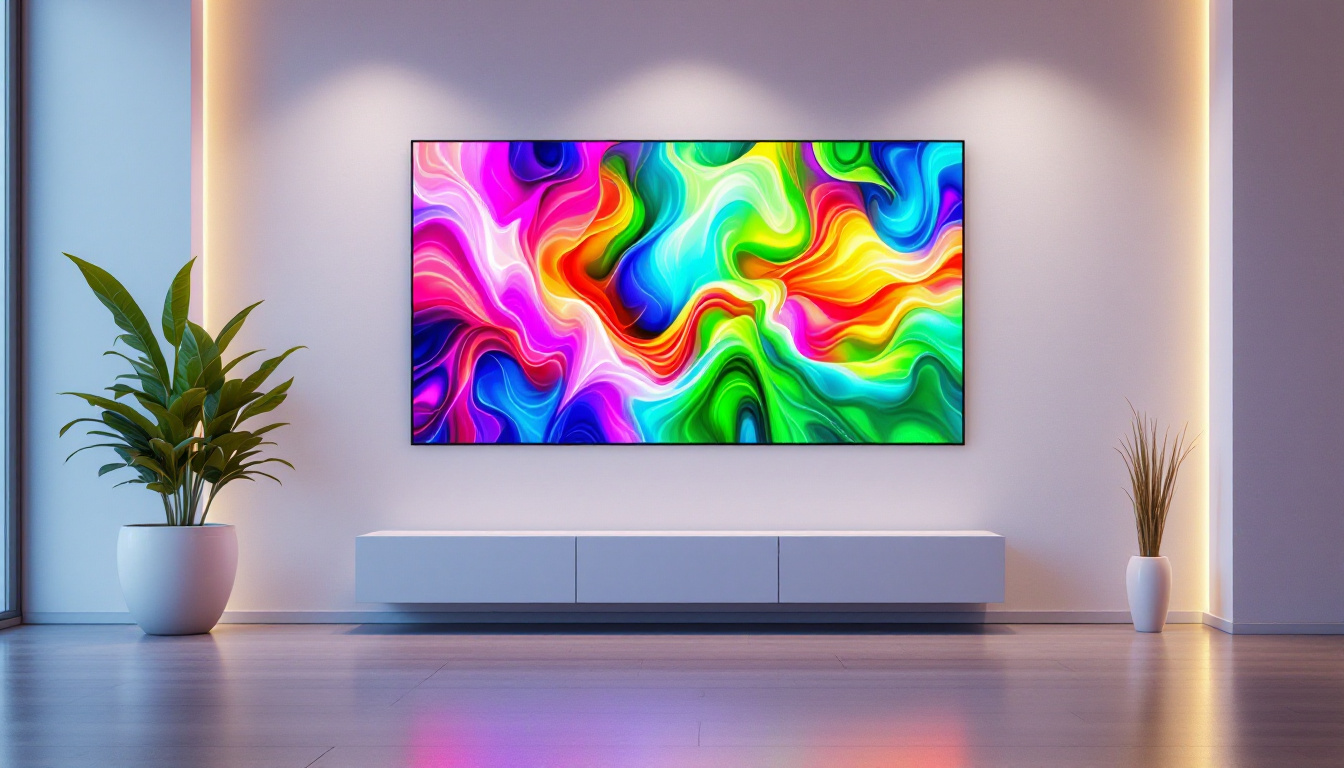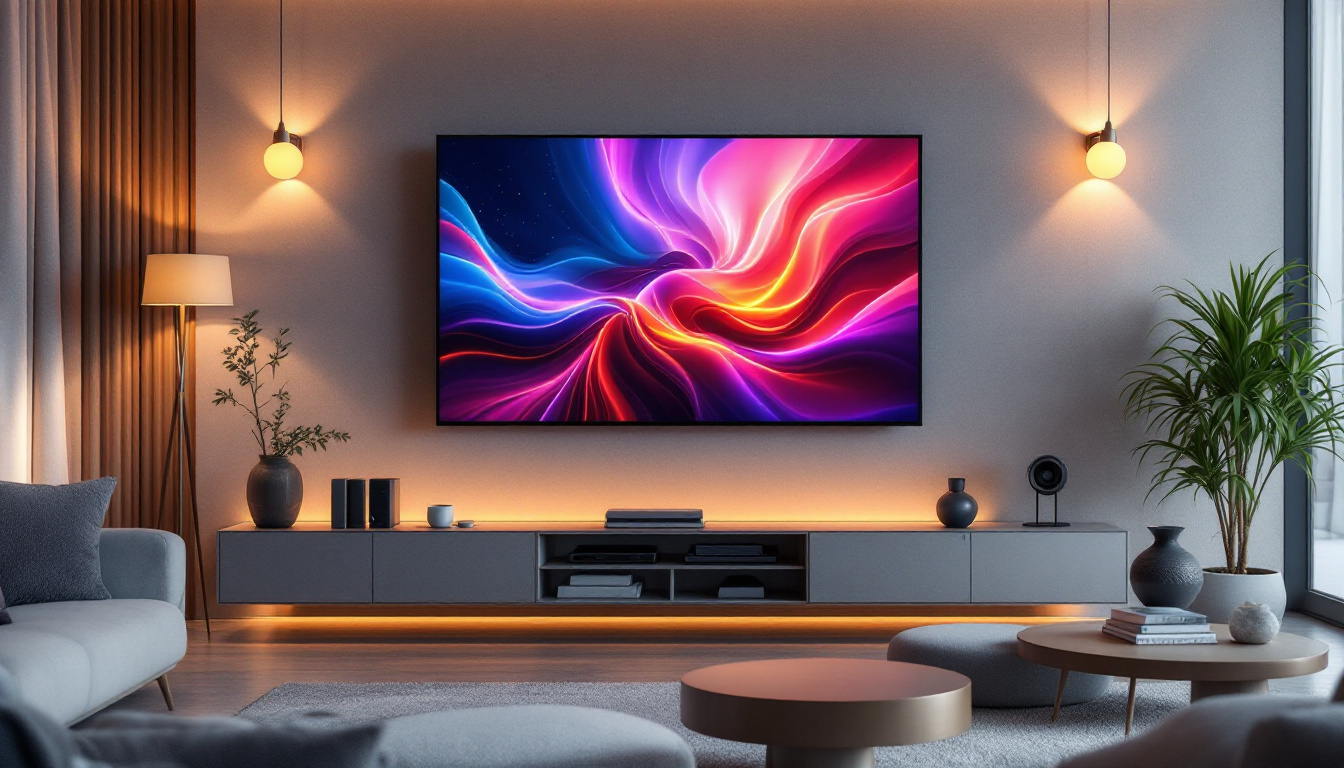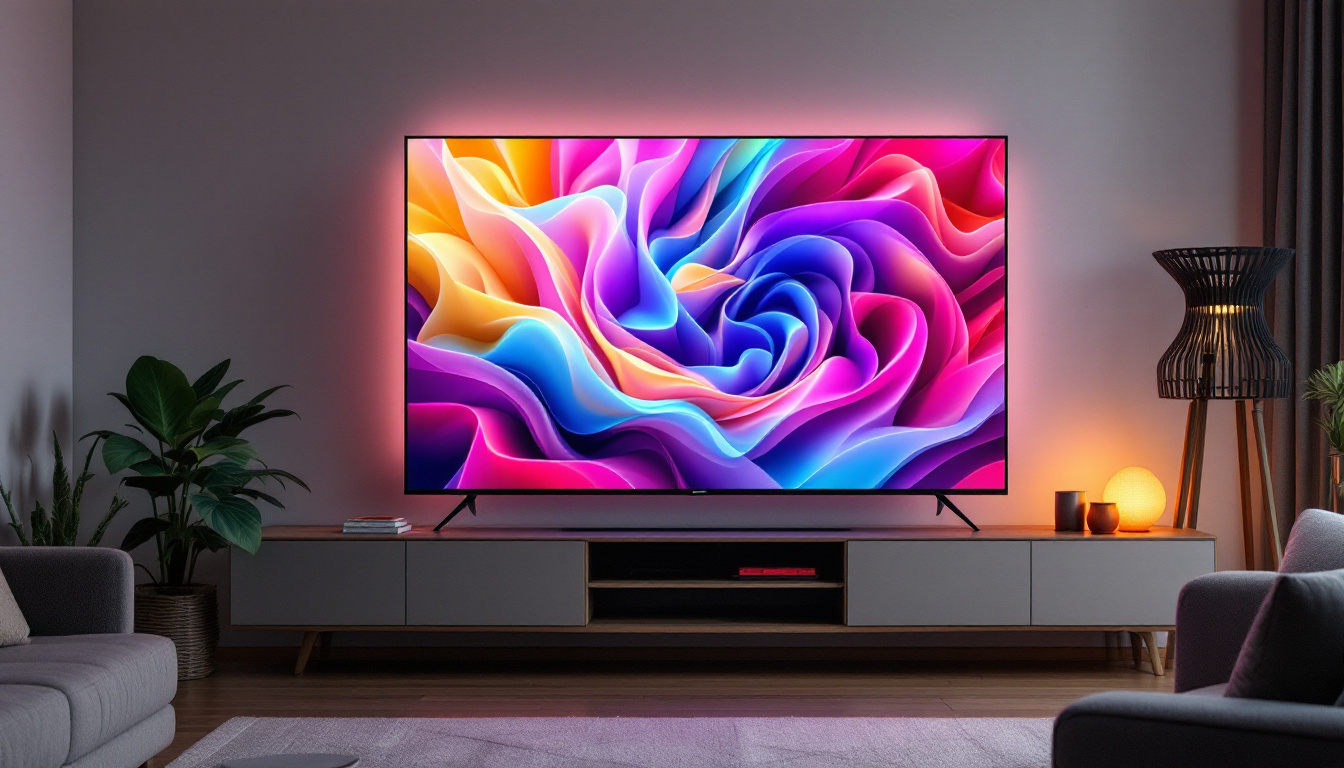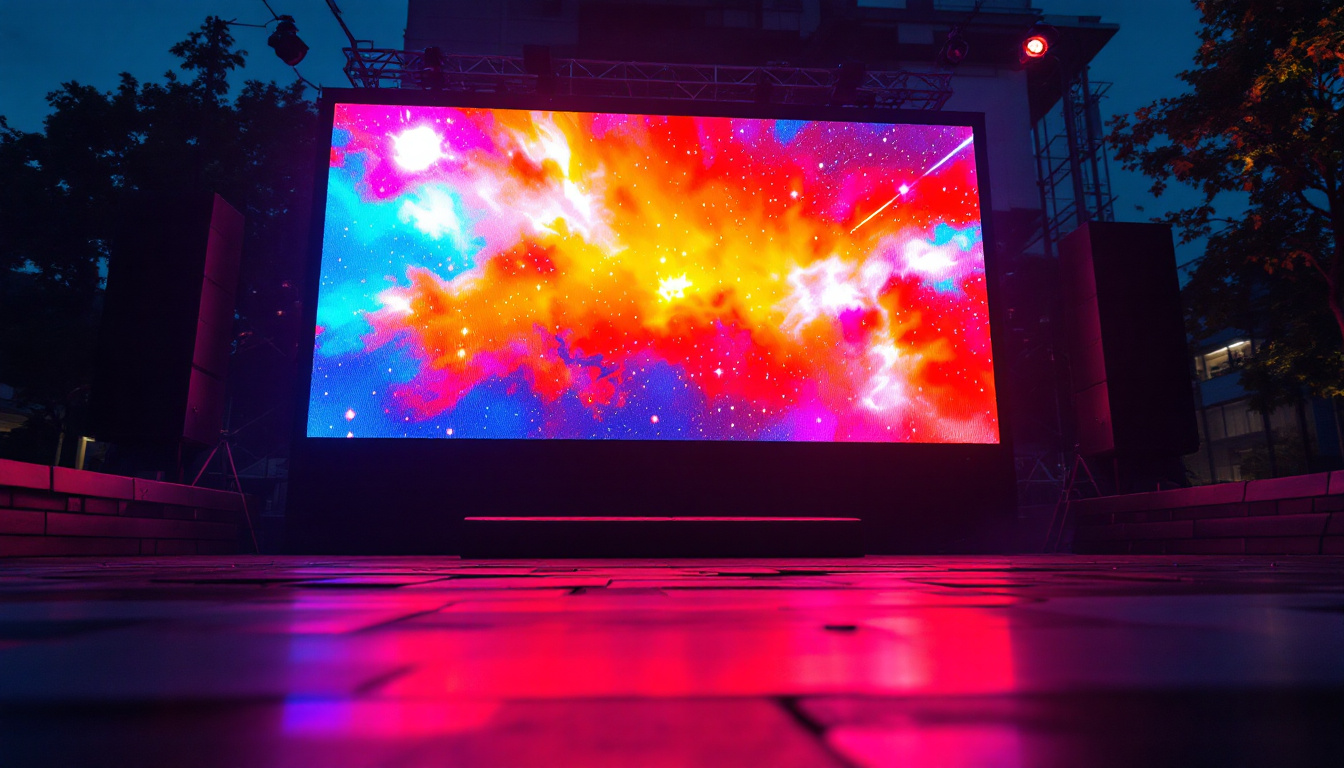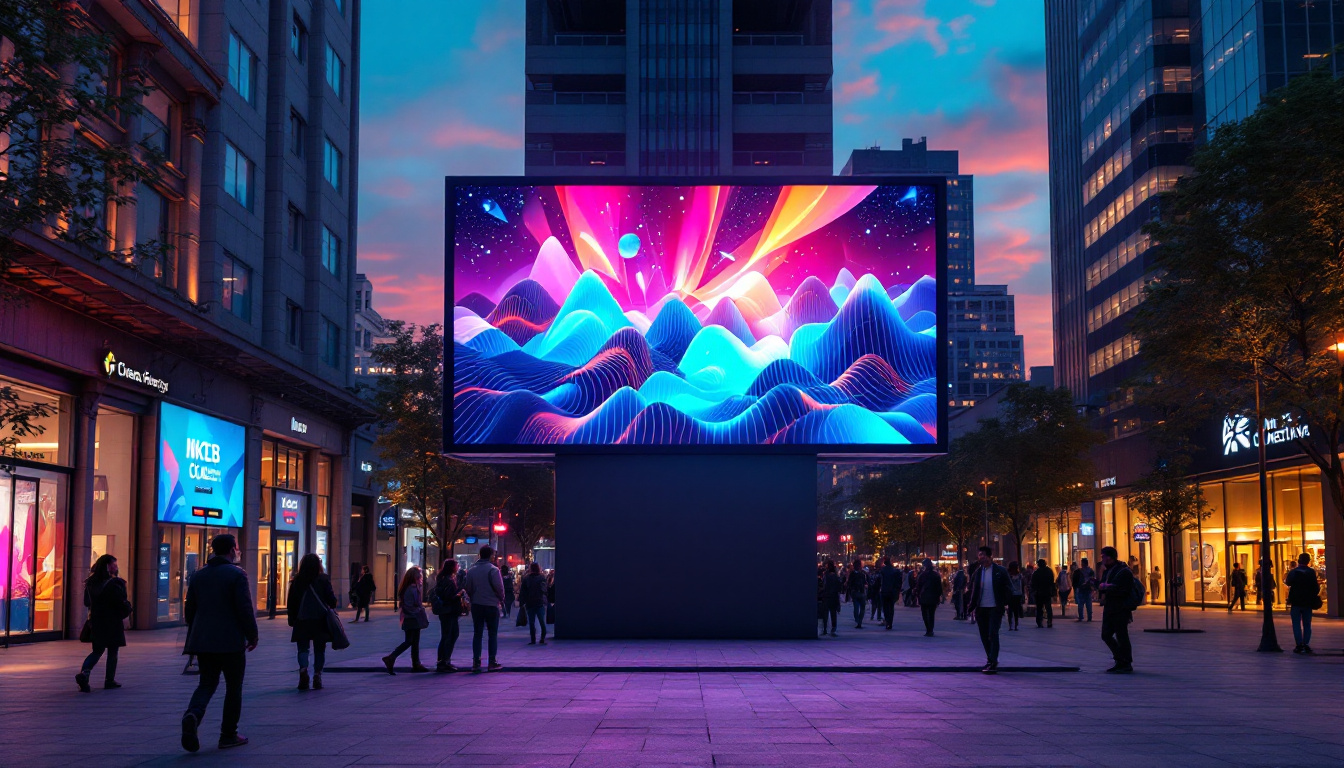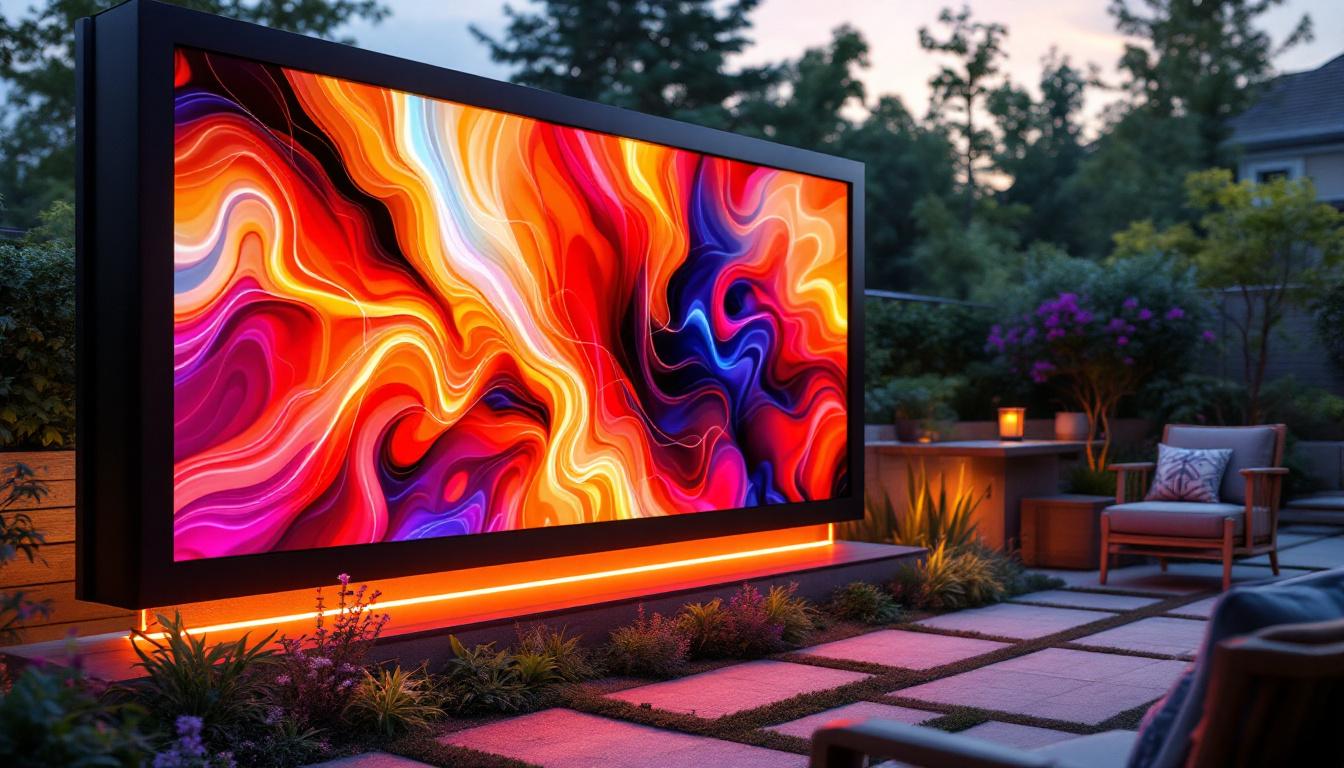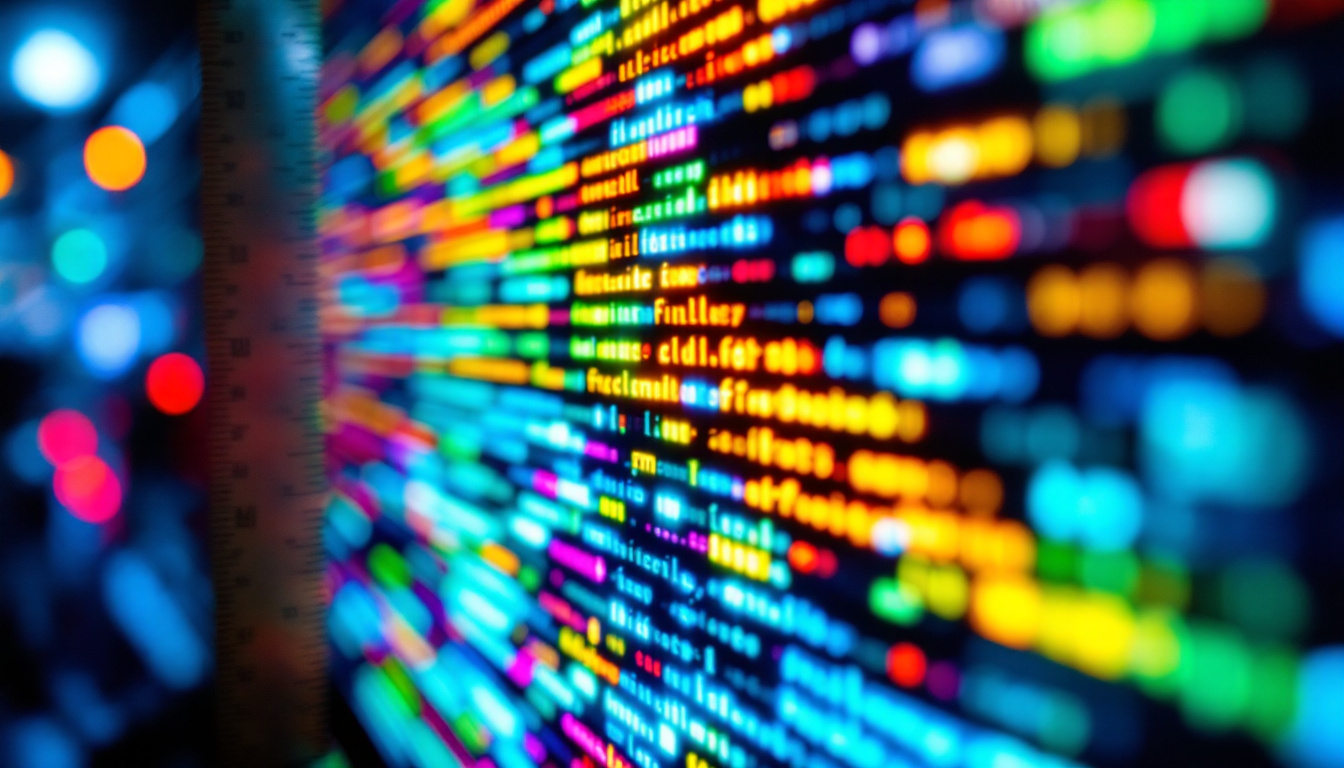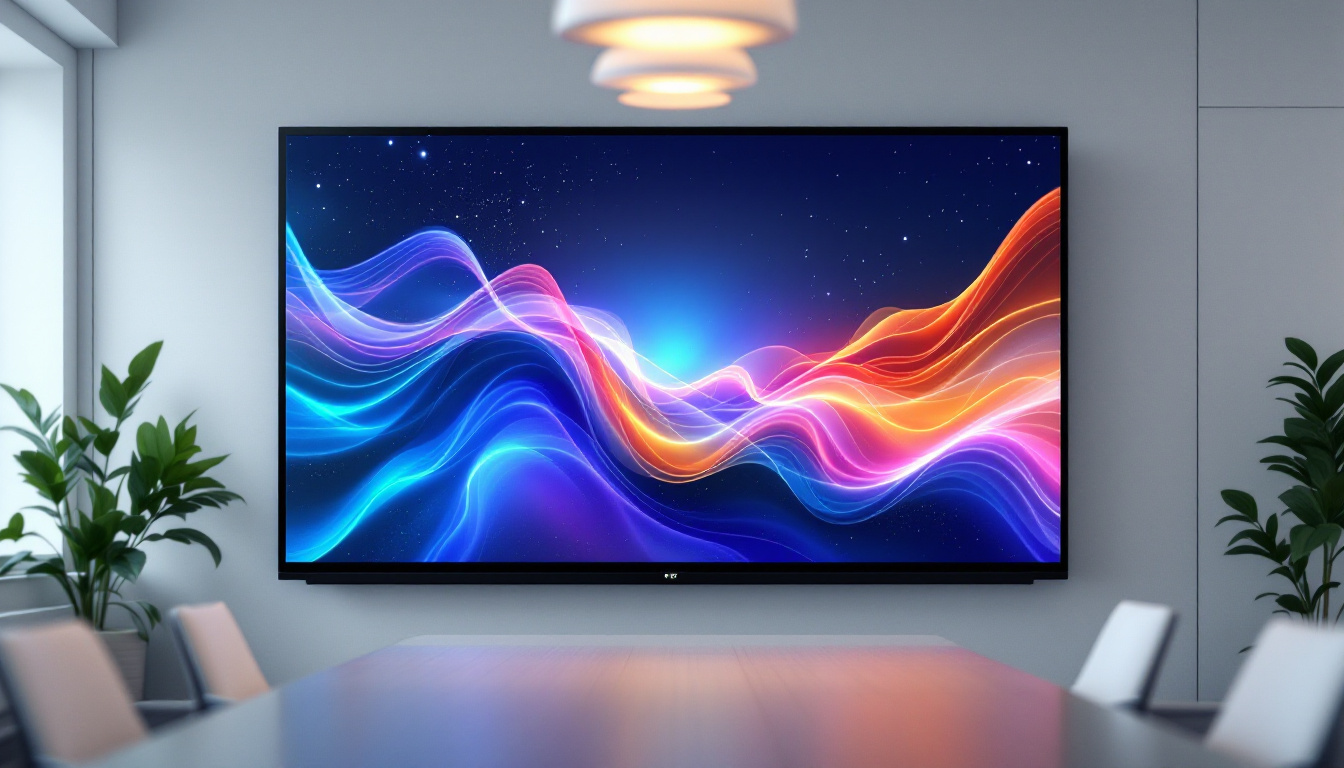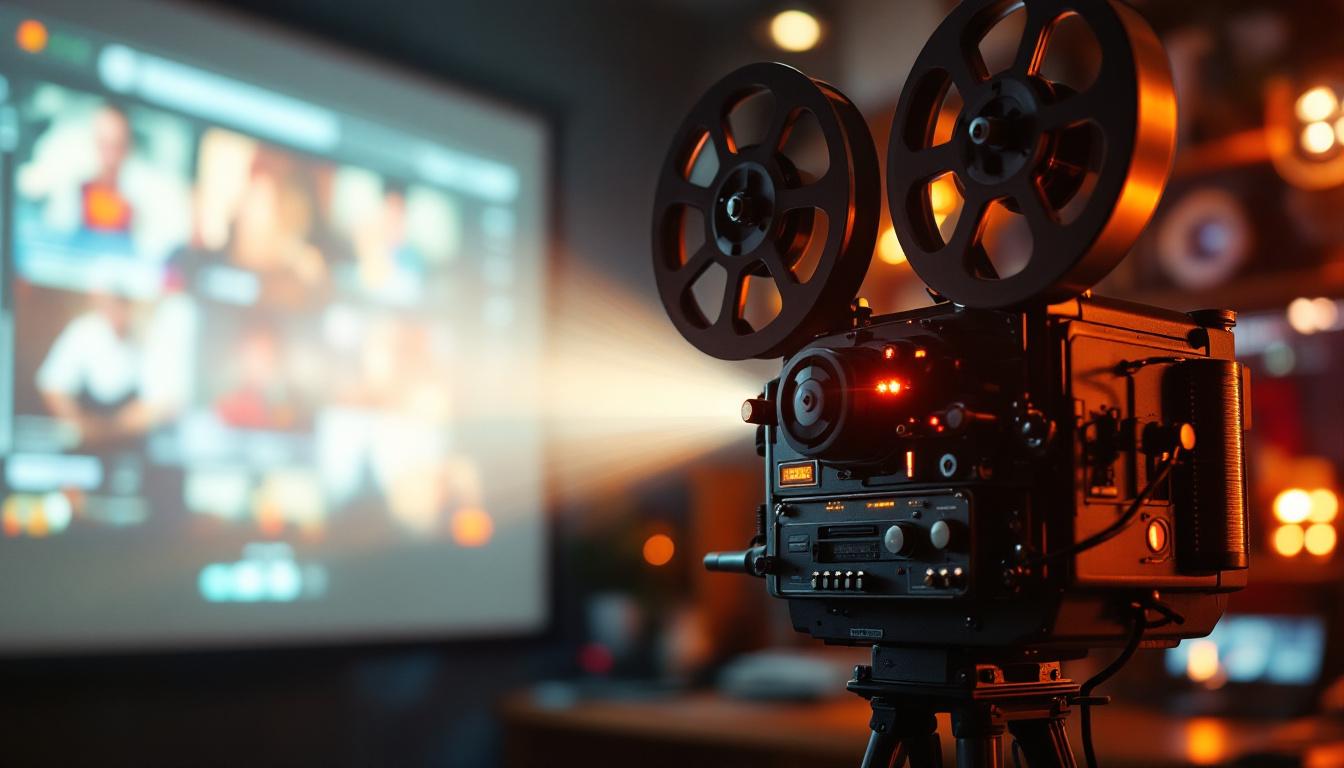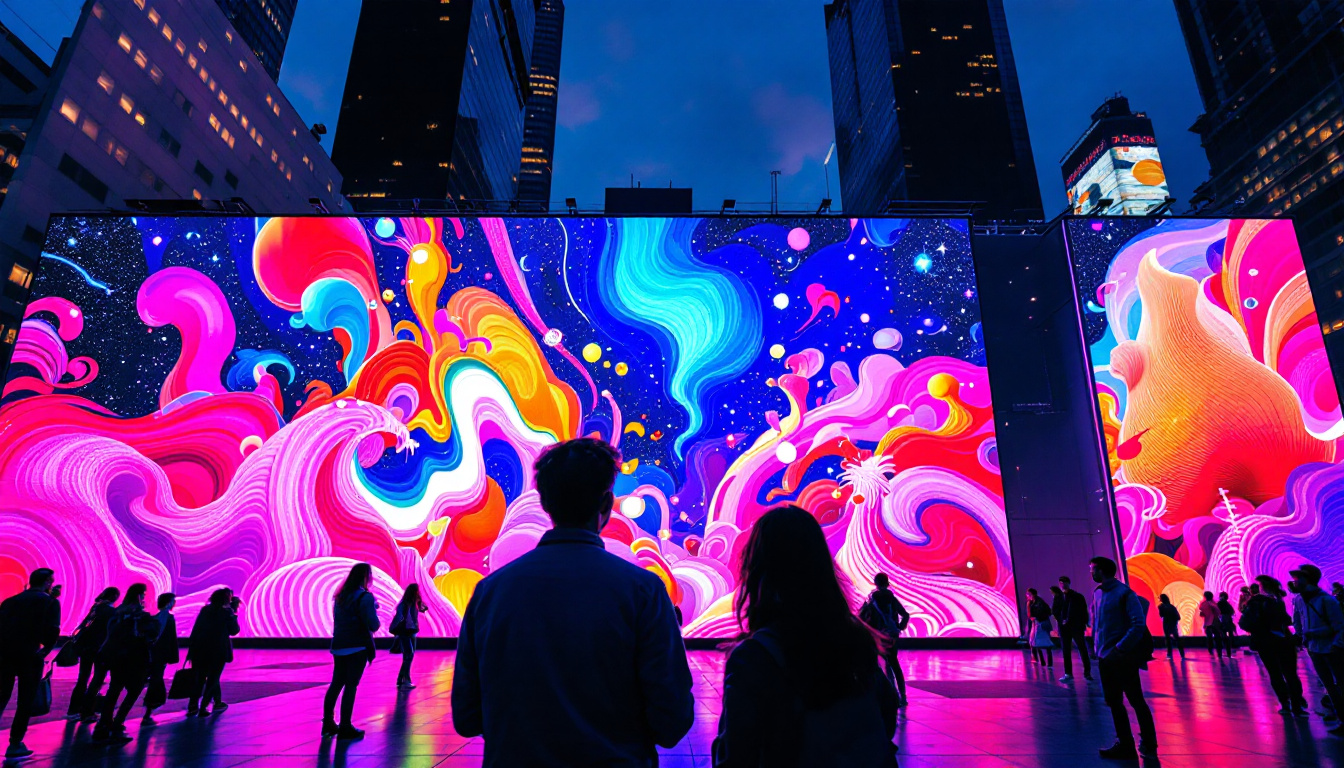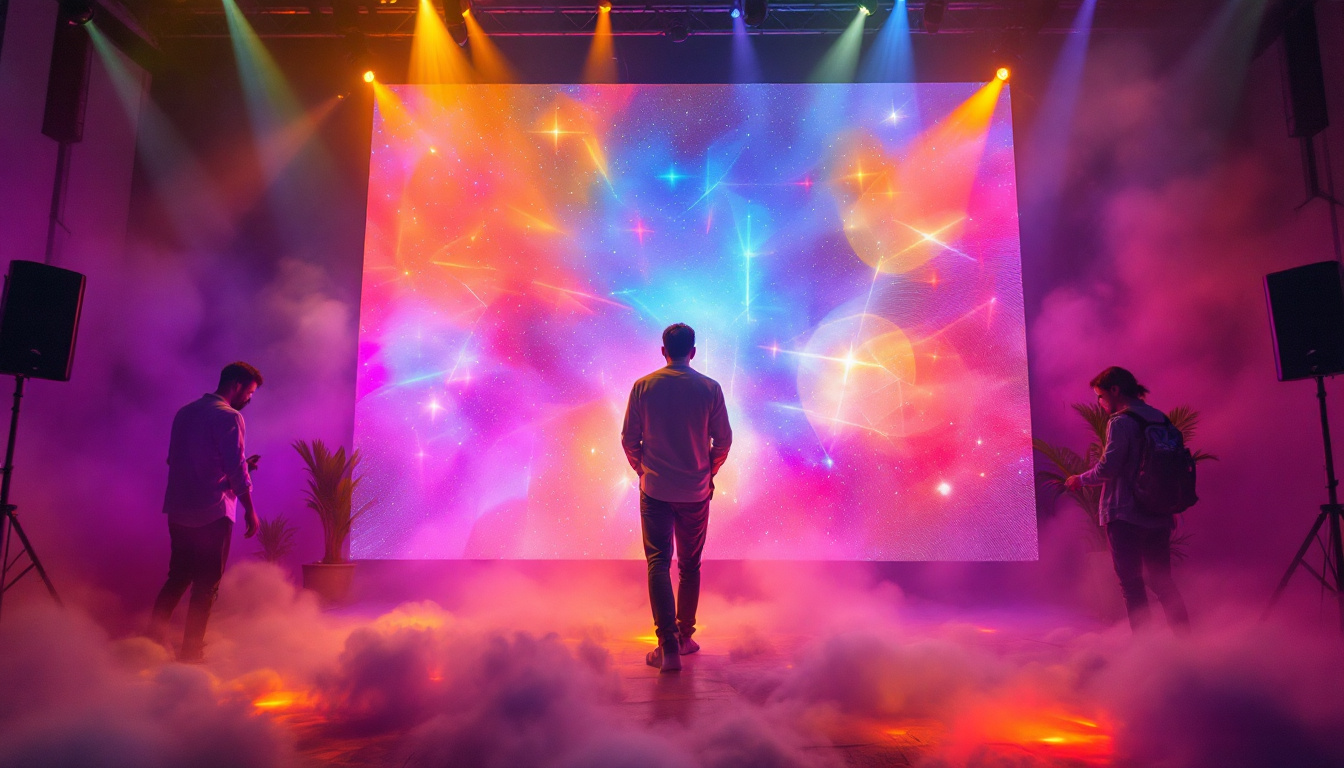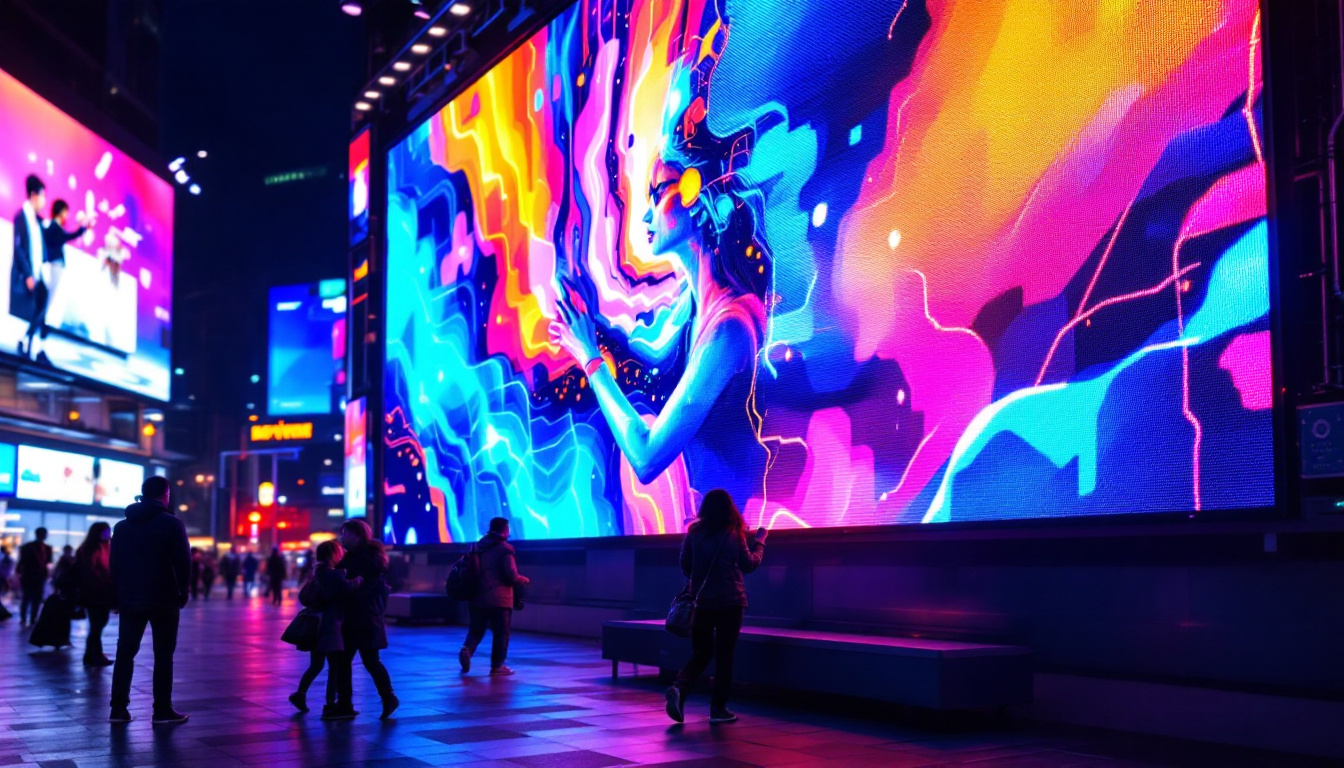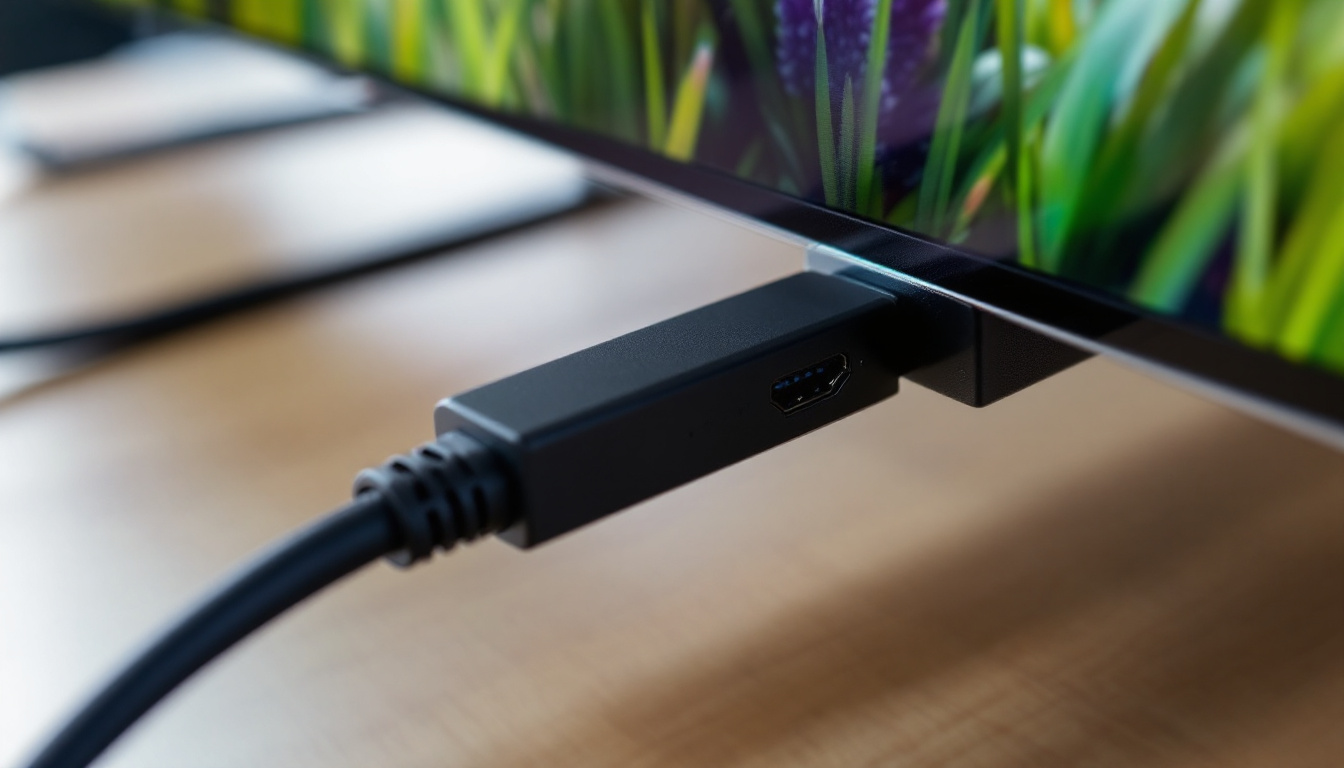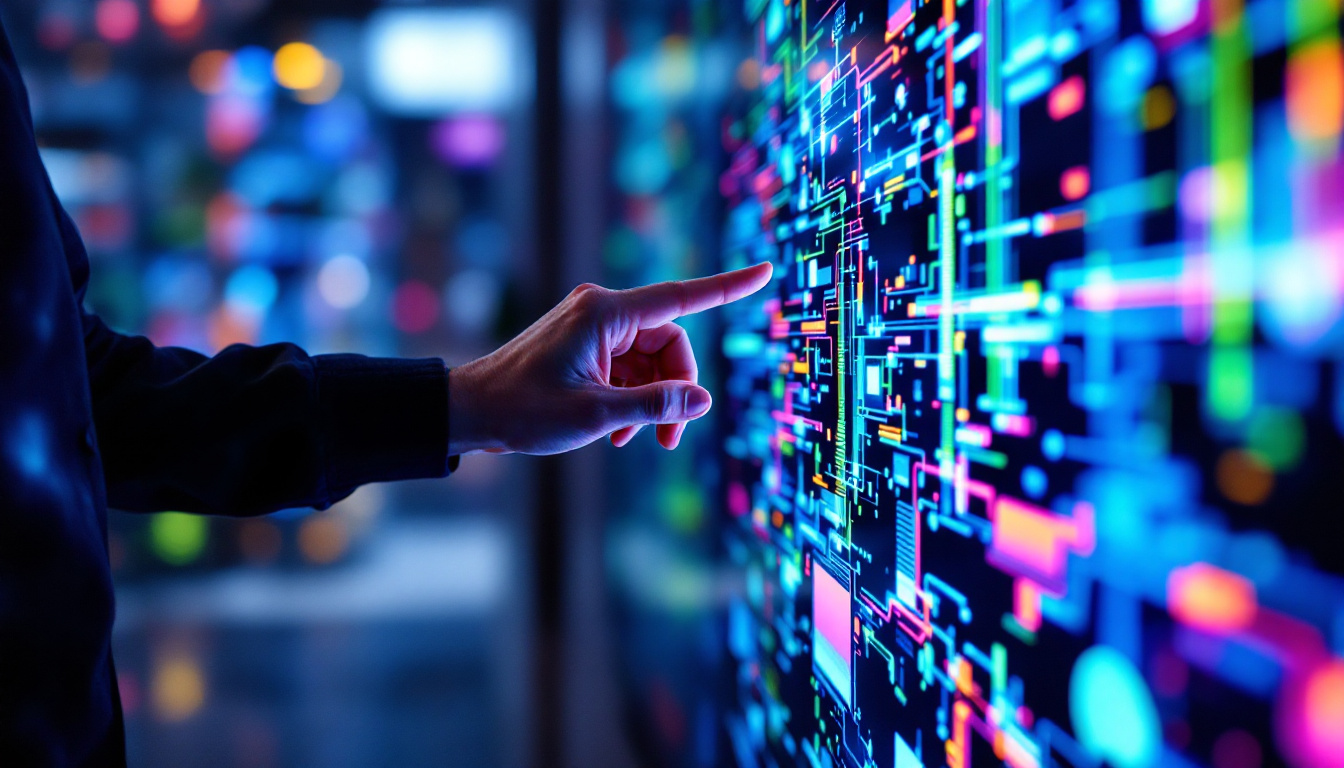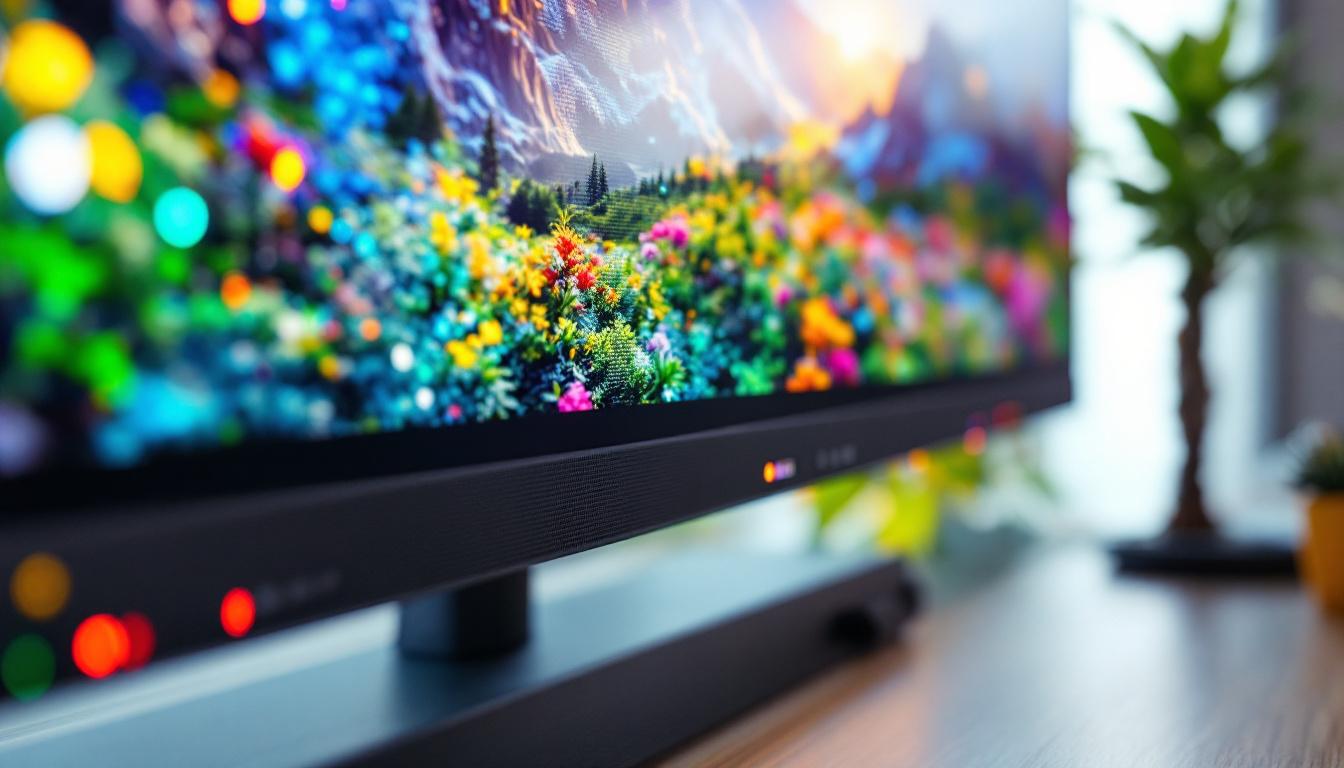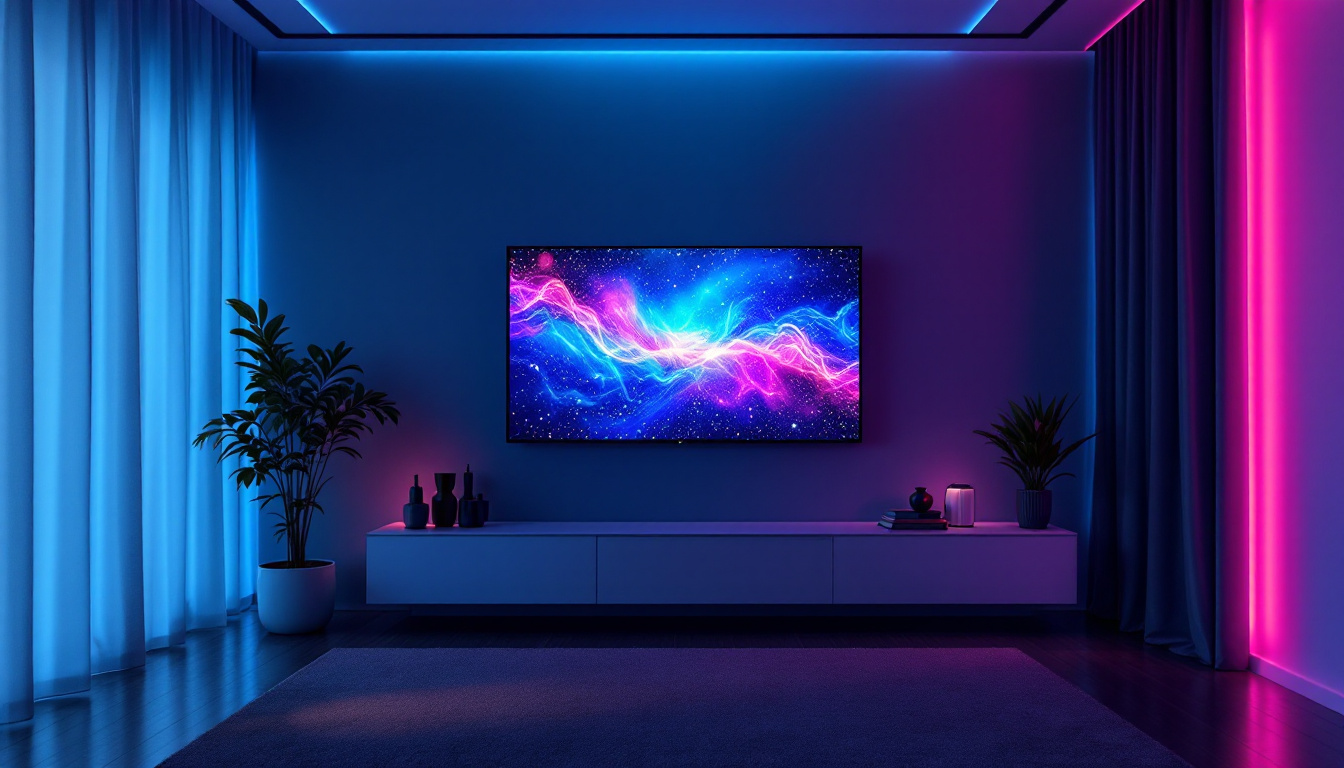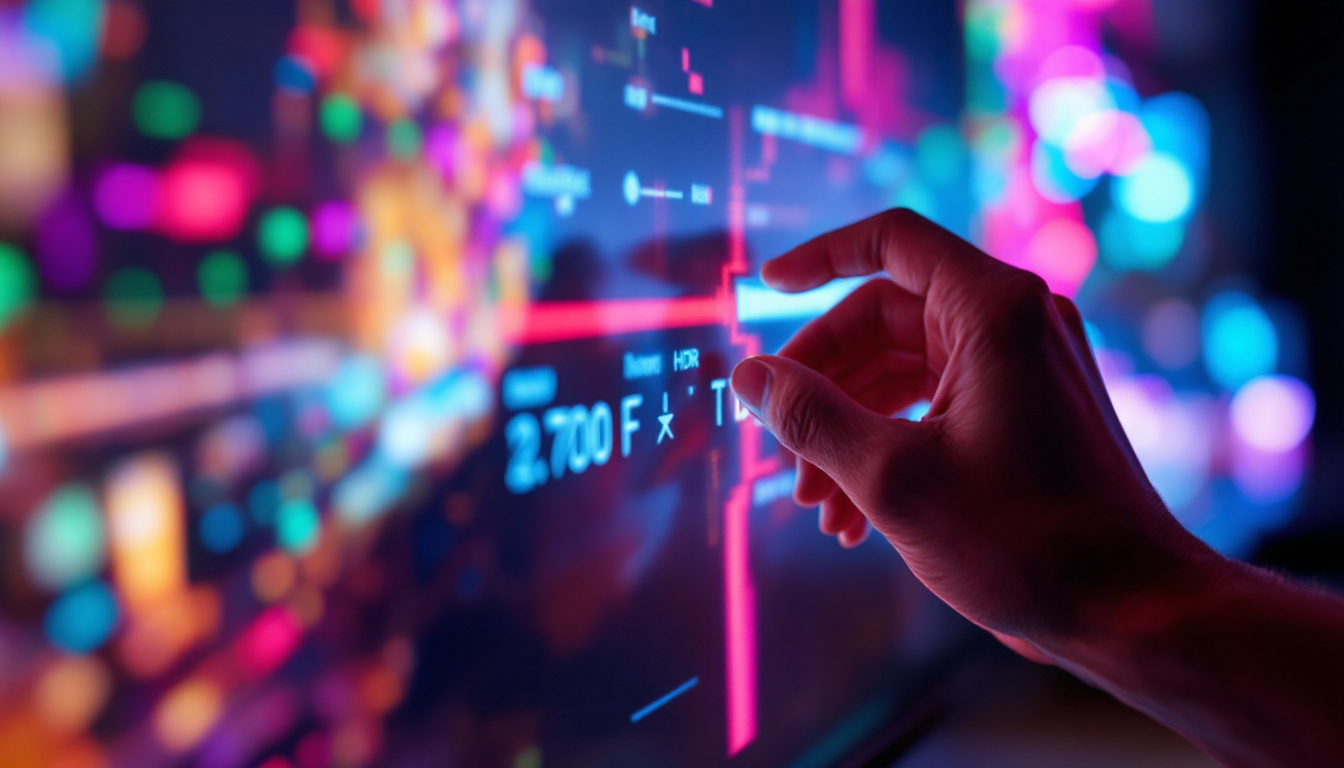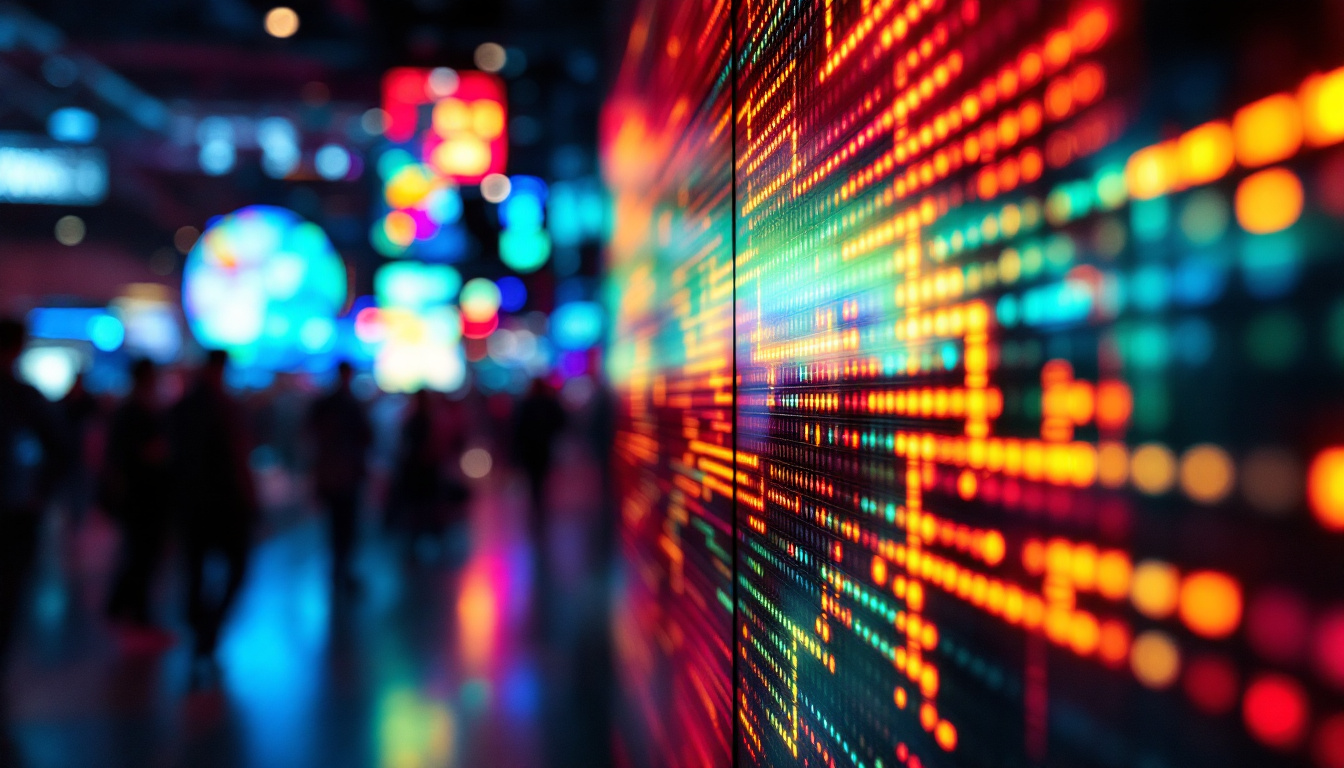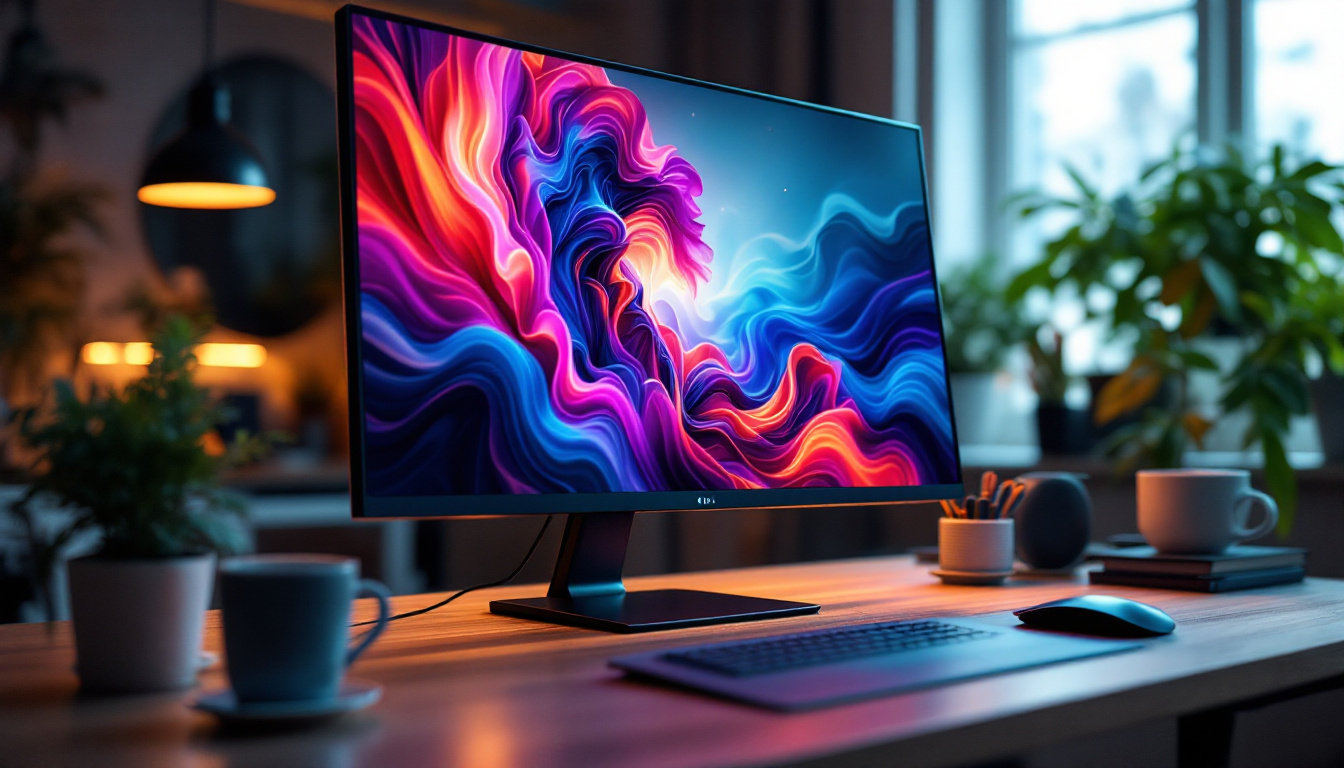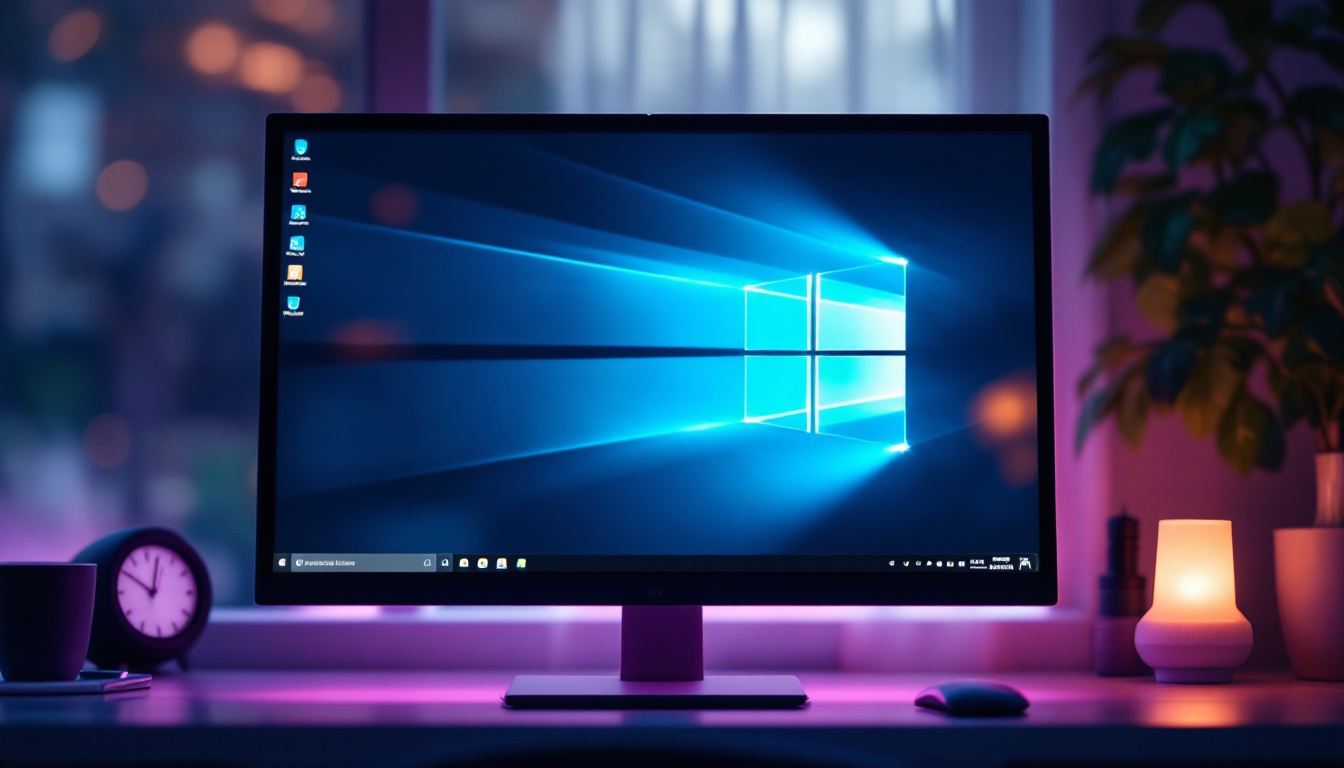In the realm of digital art and display technology, pixel art has carved a niche that appeals to both creators and audiences alike. The charm of pixel art lies in its simplicity and nostalgia, reminiscent of early video games and retro graphics. With the advent of LED displays, the potential for pixel art has expanded dramatically, allowing for vibrant, dynamic presentations that captivate viewers. This article delves into the intricacies of pixel art tiles and how LED displays bring these artistic creations to life.
Understanding Pixel Art Tiles
Pixel art tiles are small, square graphics that form the building blocks of larger images or animations. Each tile is composed of individual pixels, which can be manipulated to create intricate designs. This method of art is not only a favorite among game developers but also finds its place in modern digital art installations.
The Basics of Pixel Art
At its core, pixel art is defined by its grid-like structure, where each pixel represents a single point of color. Artists often work within a limited color palette, which enhances the aesthetic and requires a keen eye for detail. The constraints of pixel art encourage creativity, as artists must convey depth, movement, and emotion using minimal resources.
Pixel art can be divided into two main categories: static and animated. Static pixel art is often used in game backgrounds, character sprites, and icons, while animated pixel art involves a sequence of images that create the illusion of movement. The latter is particularly popular in video games, where characters and environments come to life through carefully crafted animations.
The Role of Tiles in Pixel Art
Tiles play a crucial role in pixel art, especially in the context of game design. By using tiles, developers can create expansive worlds without the need for large, cumbersome images. Each tile can be reused in different combinations to build varied landscapes and environments. This method not only saves memory but also allows for greater flexibility in design.
Moreover, tiles can be designed to seamlessly connect with one another, creating a cohesive visual experience. This tiling technique is essential for maintaining a consistent art style across different game levels or scenes, ensuring that players remain immersed in the game world.
The Technology Behind LED Displays
LED (Light Emitting Diode) displays have revolutionized the way pixel art is presented. These displays utilize tiny diodes to emit light, creating vibrant colors and sharp images. The technology has advanced significantly, allowing for high-resolution displays that can showcase pixel art in stunning detail.
How LED Displays Work
LED displays consist of an array of pixels, each controlled by a microcontroller that determines the color and brightness of each individual pixel. When it comes to pixel art, this technology allows for precise control over each tile, ensuring that the artwork is displayed as intended. The ability to adjust brightness and color dynamically means that pixel art can be experienced in various lighting conditions, making it versatile for different environments.
Furthermore, LED displays can be configured in different shapes and sizes, from traditional rectangular screens to more unconventional forms like curved displays. This flexibility opens up new avenues for artists and designers, enabling them to create immersive installations that engage viewers in unique ways.
Benefits of Using LED Displays for Pixel Art
There are numerous advantages to using LED displays for pixel art presentations. One of the most significant benefits is the vibrant color reproduction. LEDs can produce a wide spectrum of colors, allowing pixel artists to showcase their work with stunning accuracy. This capability enhances the visual impact of the artwork, making it more appealing to audiences.
Additionally, LED displays offer high contrast ratios, which means that colors appear more vivid against dark backgrounds. This feature is particularly beneficial for pixel art, where the interplay of light and shadow can significantly affect the overall aesthetic. The result is a more engaging viewing experience that draws the audience into the artwork.
Applications of Pixel Art in LED Displays
The combination of pixel art and LED technology has led to innovative applications across various fields. From gaming to advertising, pixel art is being utilized in creative ways that capture attention and convey messages effectively.
Gaming and Interactive Media
In the gaming industry, pixel art has seen a resurgence thanks to the popularity of indie games. Many developers are opting for retro graphics to evoke nostalgia while offering modern gameplay mechanics. LED displays enhance this experience by providing vibrant visuals that complement the pixel art style.
Moreover, interactive installations that incorporate pixel art and LED technology allow users to engage with the artwork. Touch-sensitive displays can respond to user inputs, creating dynamic animations that change based on interaction. This interactivity adds a layer of engagement that traditional static displays cannot achieve.
Advertising and Marketing
Pixel art has also found its way into advertising and marketing campaigns. Brands are leveraging the charm of pixel art to create memorable advertisements that stand out in a crowded market. LED displays are often used in digital billboards and storefronts, showcasing pixel art animations that capture the attention of passersby.
The playful nature of pixel art resonates with audiences, making it an effective tool for storytelling in marketing. Brands can convey their messages through engaging visuals that evoke emotions, making their campaigns more impactful.
Creating Pixel Art for LED Displays
For artists interested in creating pixel art specifically for LED displays, there are several considerations to keep in mind. Understanding the technical specifications of the display, such as resolution and color depth, is crucial for ensuring that the artwork translates well onto the screen.
Choosing the Right Software
There are various software options available for creating pixel art, ranging from simple drawing tools to more advanced graphic design programs. Some popular choices include Aseprite, Pixie, and Photoshop. These tools offer features tailored for pixel art creation, such as grid overlays and customizable palettes, making the process more intuitive.
When selecting software, it’s essential to consider the intended use of the pixel art. For example, if the artwork will be displayed on an LED screen, artists should ensure that their chosen program allows for precise control over pixel placement and color selection. This attention to detail will help achieve the best possible results on the final display.
Designing with LED in Mind
When creating pixel art for LED displays, artists should consider the unique characteristics of the medium. Brightness, contrast, and color saturation can vary significantly between different LED screens. Therefore, testing the artwork on the intended display is essential to ensure that colors appear as envisioned.
Additionally, artists should be mindful of the resolution of the LED display. Higher resolutions allow for more intricate designs, while lower resolutions may require simplification of the artwork. Understanding these limitations will help artists create effective designs that look great on the screen.
Challenges and Considerations
While the fusion of pixel art and LED technology offers exciting possibilities, it also comes with its own set of challenges. Artists and developers must navigate these hurdles to create successful pixel art displays.
Color Management
One of the primary challenges in pixel art creation for LED displays is color management. Different screens can reproduce colors differently, leading to variations in how the artwork appears. Artists must take the time to calibrate their displays and adjust their color palettes accordingly to ensure consistency across different devices.
Furthermore, the limited color depth of some LED displays can restrict the range of colors available for pixel art. Artists may need to adapt their designs to fit within these limitations, which can be a frustrating process. However, this challenge can also inspire creativity, pushing artists to find innovative solutions to work within the constraints.
Pixelation and Clarity
Another consideration is the pixelation effect that occurs on larger LED displays. While pixel art is inherently composed of large, visible pixels, displaying it on a larger scale can sometimes lead to a loss of clarity. Artists must strike a balance between maintaining the charm of pixel art and ensuring that the artwork remains legible and visually appealing on larger screens.
To mitigate this issue, artists can experiment with different scaling techniques or incorporate additional design elements that enhance the overall composition. By carefully planning the layout and considering the viewing distance, artists can create pixel art that retains its impact, regardless of the display size.
The Future of Pixel Art and LED Displays
As technology continues to evolve, the future of pixel art and LED displays looks promising. Innovations in display technology, such as flexible screens and augmented reality, open up new avenues for artists to explore. These advancements will likely lead to even more immersive experiences that blend pixel art with interactive elements.
Augmented Reality and Pixel Art
Augmented reality (AR) has gained traction in recent years, allowing users to experience digital content in real-world environments. The integration of pixel art into AR applications presents exciting opportunities for artists to create interactive experiences that engage audiences in novel ways.
Imagine walking through a city and encountering pixel art murals that come to life through AR technology. Users could interact with the artwork, triggering animations or revealing hidden elements. This fusion of pixel art and AR could redefine how audiences perceive and engage with digital art.
Community and Collaboration
The pixel art community is vibrant and diverse, with artists sharing their work and collaborating on projects across various platforms. As technology advances, these communities are likely to grow, fostering collaboration between artists, developers, and technologists.
Online platforms and social media will continue to play a crucial role in connecting artists and providing opportunities for feedback and collaboration. As more creators embrace pixel art and LED displays, the potential for innovative projects and artistic expressions will expand, enriching the digital art landscape.
Conclusion
Pixel art tiles and LED displays represent a harmonious blend of art and technology, offering endless possibilities for creative expression. The unique characteristics of pixel art, coupled with the vibrant capabilities of LED technology, have transformed the way audiences experience digital art. As artists continue to explore this dynamic medium, the future promises exciting developments that will further elevate pixel art in the digital age.
From gaming to advertising, the applications of pixel art are vast and varied, showcasing the versatility of this artistic style. By understanding the nuances of creating pixel art for LED displays, artists can craft captivating visuals that resonate with audiences and push the boundaries of creativity. As technology evolves, so too will the potential for pixel art, inviting new generations of artists to explore this timeless form of expression.
Discover the Future of Pixel Art with LumenMatrix
Ready to elevate your digital art and captivate audiences like never before? LumenMatrix is at the forefront of LED display innovation, offering a wide range of solutions tailored to bring your pixel art to life. From Indoor and Outdoor LED Wall Displays to specialized options like Vehicle, Sports, and Floor LED Displays, our cutting-edge technology is designed to revolutionize visual communication. Embrace the vibrant, dynamic world of pixel art with LumenMatrix’s Custom, All-in-One, and Transparent LED Displays. Check out LumenMatrix LED Display Solutions today and transform your creative vision into an unforgettable visual experience.

